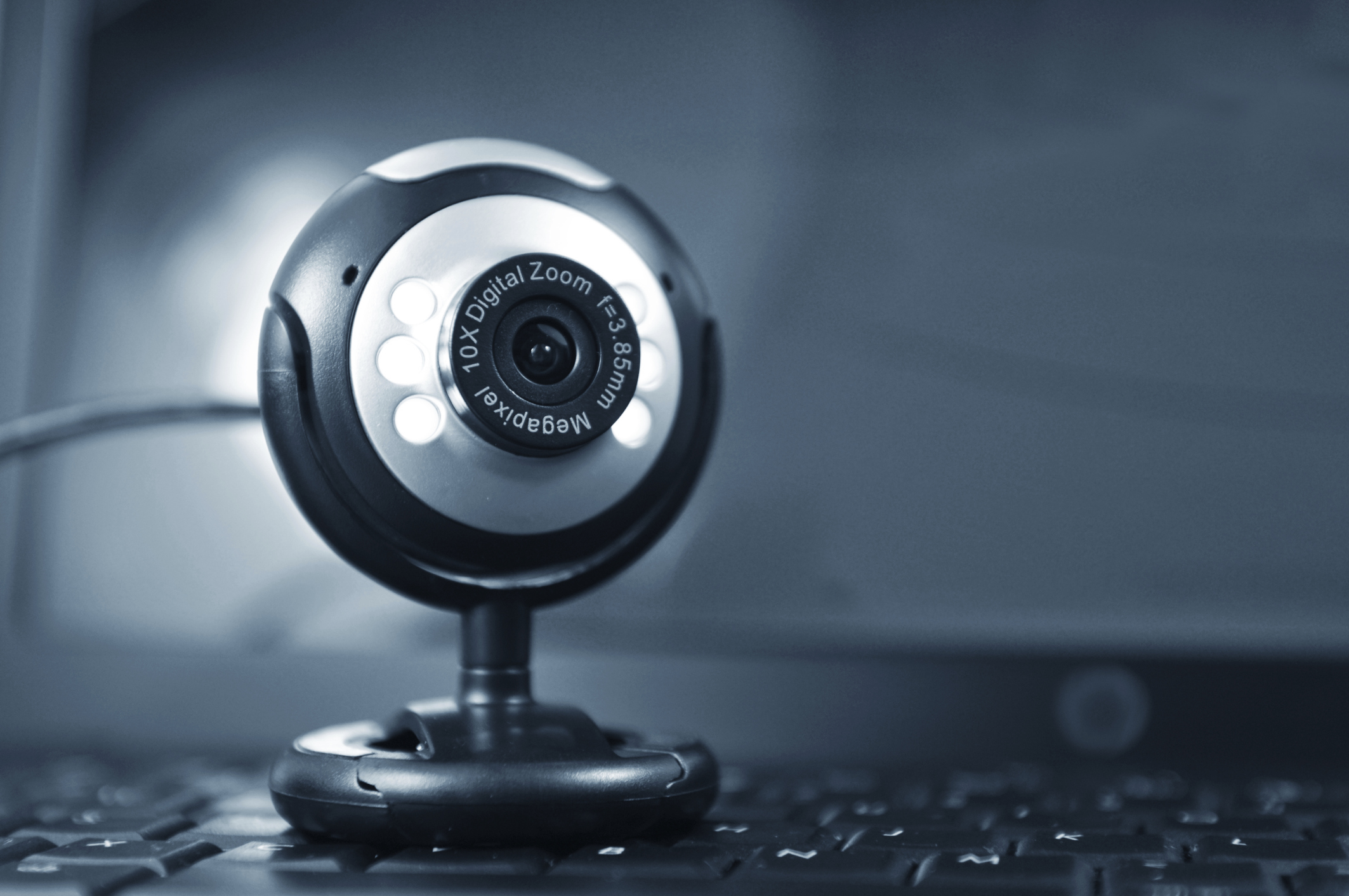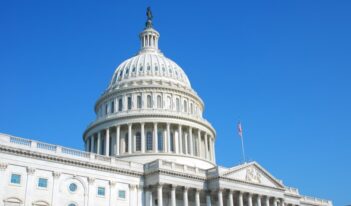
Administrative Conference report recommends best practices for video conferencing by federal agencies.
Video chat has grown increasingly popular in the United States, but it often comes under fire for poor image and sound quality. If federal agencies begin conducting administrative proceedings using videoconference technology, will the same quality issues that interrupt personal conversations also obstruct open government?
According to a recent report from the Administrative Conference of the United States (ACUS) and the Center for Legal and Court Technology (CLCT) at William and Mary Law School, this question is worth answering because of technology’s clear “potential for increased access to justice.” The report concludes that videoconference technologies can bring government to the people in an important, new way by making public participation in administrative proceedings easier and less costly.
The report finds that “reduced travel time, less wasted downtime for judges, [and] greater scheduling flexibility” make the videoconference hearing process more convenient and accommodating for administrative judges and participants alike. Additionally, video conferencing could result in smaller case backlogs because hearings would not have to be postponed until all interested parties could be available in-person, and because judges could devote more time to decision-making and less time to travel. Videoconference hearings could therefore reduce the burdens placed on participants seeking their “day in court” by making the adjudicative process more expedient and accommodating.
In addition to facilitating public participation in administrative hearings, the report finds that video conferencing can also produce substantial cost savings. Most savings come from reduced travel expenses for administrative judges and participants. Although new technology and training require up-front investment, a study by the Social Security Administration on the use of video teleconferencing in benefit hearings calculated that this technology could save the agency anywhere from $5.2 to $10.0 million per year.
The report summarizes best practices, from lighting, audio, and décor guidelines to pre-hearing preparation and procedural practices. Ultimately, the decision of whether and how to implement videoconferencing in the administrative setting depends on a number of legal, financial, and technical considerations. The report recognizes that a “one size fits all” approach will not suffice, and that each agency — and each type of proceeding — requires individual planning. The report provides a series of recommendations for agencies already conducting video hearings, and those considering doing so in the future.
Still, the technical problems associated with video conferencing may sometimes outweigh the financial gains. Current video conferencing systems may suffer from “initial connection problems,” “difficult[y] hear[ing] remote site participants,” and “sound or video delay.” These problems can interrupt proceedings and make smooth application impossible. The report claims, however, that improvements in technology will likely overcome these problems in the future.
Yet even if technology works properly, some critics worry that video conferencing may remove a human element necessary for the fair administration of justice. The report notes that judges may find it more difficult to read body language and assess credibility in a videoconference than in an in-person hearing. Some scholars claim, however, that demeanor evidence is already “unreliable” and that judges should decide cases on other, more credible sources of evidence. The report largely dismisses concerns about difficulties in assessing demeanor, noting that mental health professionals frequently use telecommunication technology to interact with patients. “If a doctor is able to reliably diagnose a mental or emotional disorder” via teleconference, the report states, then a judge should be able to assess an individual’s demeanor.
In addition to concerns about the reliability of evidence, individual participants may distrust administrative decisions if they are not provided their literal “day in court.” Although administrative hearings are different from court proceedings, the stakes can be just as high in cases involving, for example, provision of social security benefits, claims for black lung compensation, or petitions for political asylum. The report acknowledges these important due process concerns, but ultimately concludes, based on the history of administrative case law, that other safeguards are sufficient to protect individuals participating in video hearings.
The report highlights other applications of videoconferencing technology, including remote foreign language interpretation and court reporting. However, the report is non-exhaustive and calls for further studies to take into account other factors affecting adjudicative outcomes, such as the lower attorney representation rates in video hearings compared to in-person hearings. Despite the uncertainties surrounding implementation of video hearings in administrative settings, the report makes it clear that the potential benefits warrant further consideration.
Debates about whether technology brings people together or tears them apart command substantial space in tech, psychology, and social science academic circles. These debates are particularly salient when technology begins to mediate the relationship between individuals and a seemingly faceless government bureaucracy. How to ensure that such technologies facilitate, rather than hinder, that relationship is a question loaded with controversy and possibility.



